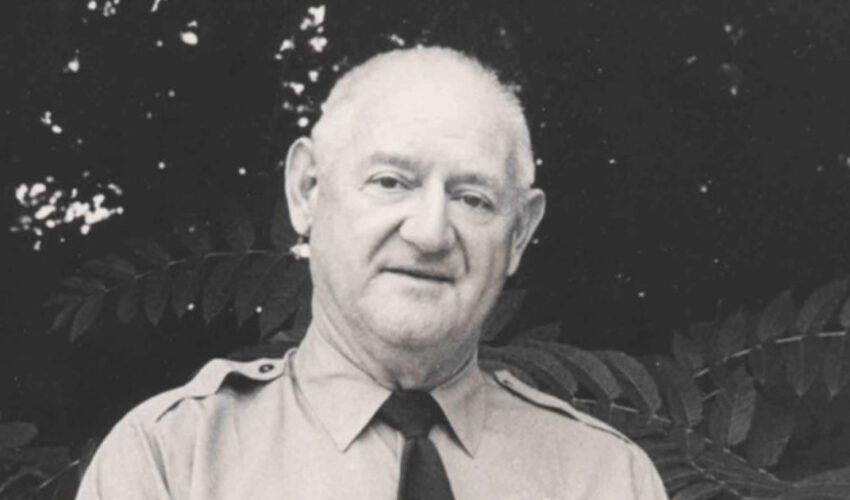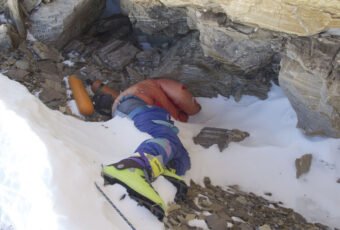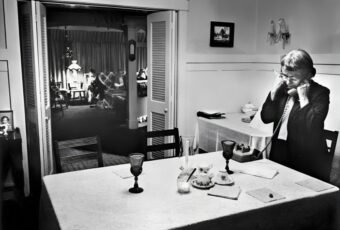Roy Cleveland Sullivan, an American park ranger in Shenandoah National Park, Virginia, defied all odds as he faced the unimaginable forces of nature. Between 1942 and 1977, Sullivan experienced the incredible and harrowing phenomenon of being struck by lightning a staggering seven times—and astonishingly, he survived each and every strike.
Born on February 7, 1912, in Greene County, Virginia, Sullivan embarked on his career as a ranger in Shenandoah National Park in 1936. With his broad, rugged face often drawing comparisons to actor Gene Hackman, Sullivan quickly gained notoriety as the “Human Lightning Conductor” and “Human Lightning Rod.”

Working in Shenandoah National Park, known for its dangerous thunderstorms, likely contributed to Sullivan’s multiple strikes. The odds of being struck by lightning are about one in 280,000,000 and the odds of being struck by lightning seven times are a staggering 4.15 in 1029.
Roy Sullivan and Seven lightning strike
The first documented strike occurred in April 1942, where Sullivan suffered burns but no brain damage. He was hiding from a thunderstorm in a newly built tower that did not yet have a lightning rod installed. The tower was hit seven or eight times, causing a fire, and as Sullivan tried to save himself, he received his worst strike just a few feet outside the tower. The strike burned a half-inch strip all along his right leg, hit his toe, and left a hole in his shoe.
The second strike happened 27 years later in July 1969, while Sullivan was driving his truck on a mountain road. The lightning first hit nearby trees and was deflected into the open window of the truck, knocking him unconscious and taking his hair, eyebrows, and eyelashes. The uncontrolled truck kept moving until it stopped near a cliff edge.
The second strike happened 27 years later in July 1969. This time, Sullivan was driving his truck on a mountain road when lightning hit nearby trees and was deflected into the open window of the truck, knocking him unconscious and taking his hair, eyebrows, and eyelashes.
The third strike occurred exactly one year later, hitting a nearby power transformer and then jumping to his left shoulder, searing it. The fourth strike happened in the spring of 1972 while Sullivan was working inside a ranger station, it set his hair on fire, but no casualties were reported.
By this time, Sullivan began to believe that some force was trying to destroy him and he acquired a fear of death. He would pull over his truck and lie down until the storm passed. He also began to believe that he would somehow attract lightning even if he stood in a crowd of people and carried a can of water.
The fifth strike occurred on August 7, 1973, while Sullivan was out on patrol in the park, he saw a storm cloud and drove quickly. Moments later he was struck by a lightning bolt which moved down his left arm and knocked his shoe off, and then crossed over to his right leg below his knee. Sullivan crawled to his truck and poured a can of water over his head which was on fire.
The sixth strike occurred on June 5, 1976, and injured his ankle, and the seventh strike occurred on June 25, 1977, while Sullivan was fishing in a freshwater pool, it hit the top of his head, set his hair on fire, and burnt his chest and stomach. That day, he also encountered a bear at the pond and managed to strike it with a tree branch, claiming it was his twenty-second time doing so.
Interestingly, Sullivan’s wife was also struck by lightning once while hanging clothes in the backyard and Sullivan was helping her at the time, she also escaped unharmed. All seven strikes were documented by the superintendent of Shenandoah National Park, R. Taylor Hoskins, who was not present at any of the reported strikes.
After his seventh strike, Sullivan retired from the park service and lived in a trailer, avoiding thunderstorms.
How Did Roy Sullivan Die?

He died in 1983 of a self-inflicted gunshot wound, but his legacy lives on as an incredible example of survival against the odds. Sullivan’s story serves as a reminder of the power and unpredictability of nature and the importance of taking precautions during thunderstorms.
If you like reading about the life of Roy Sullivan, you might also like reading about Joyce Vincent.
If you have any complaints regarding the article, let us know at buggedsapce@gmail.com, or use our contact us page to get in touch.










